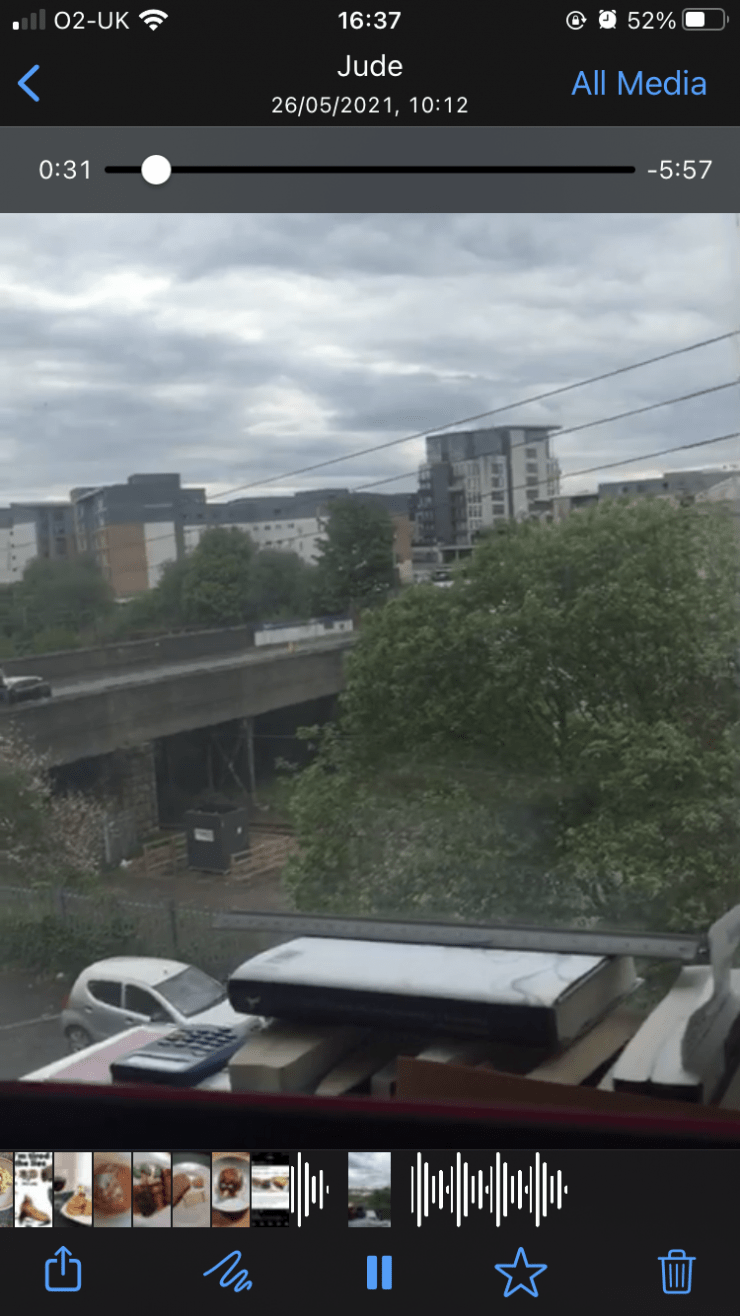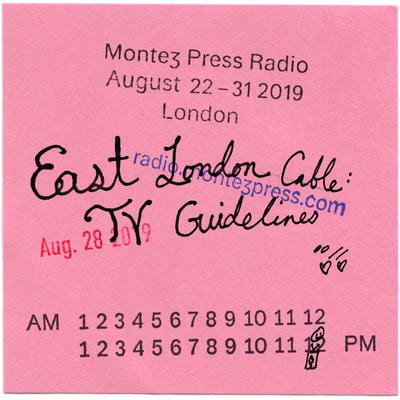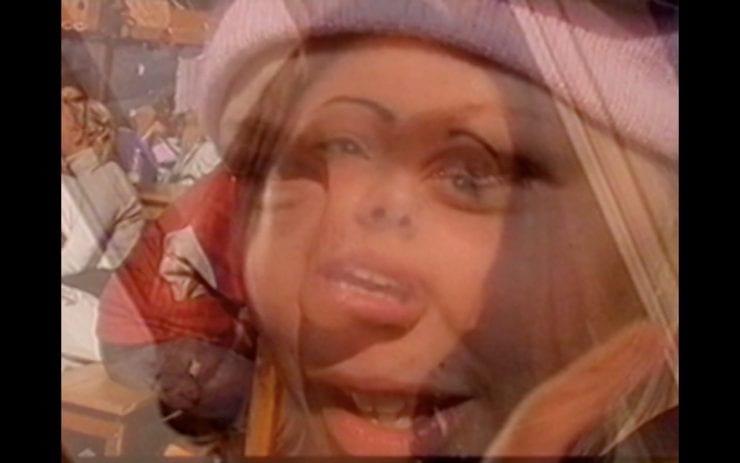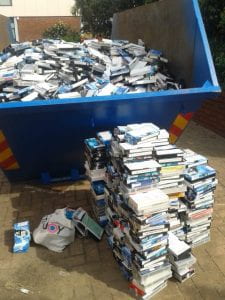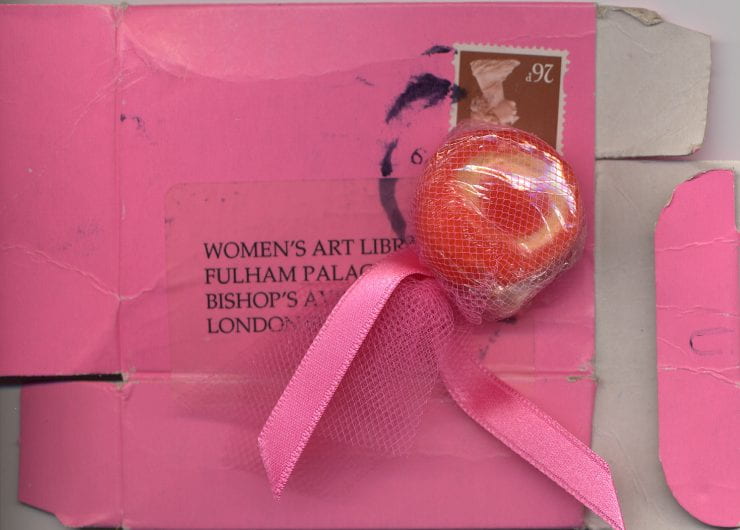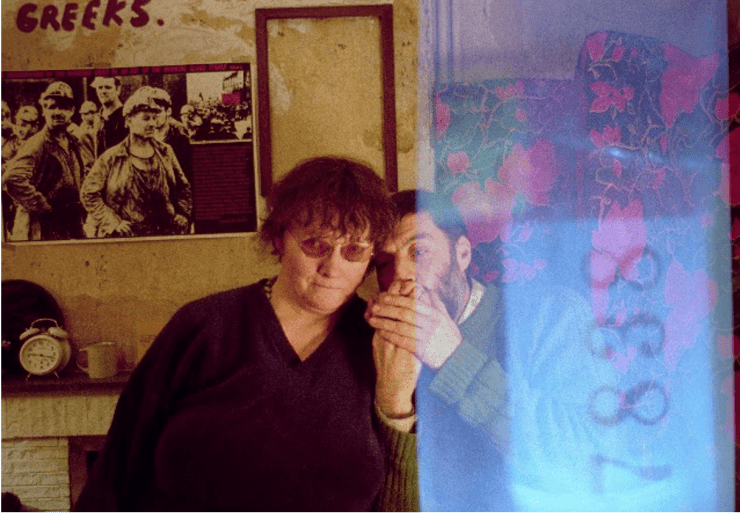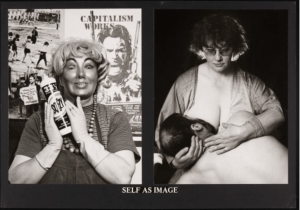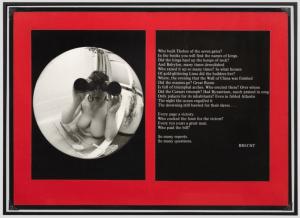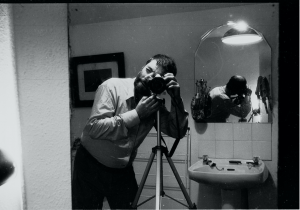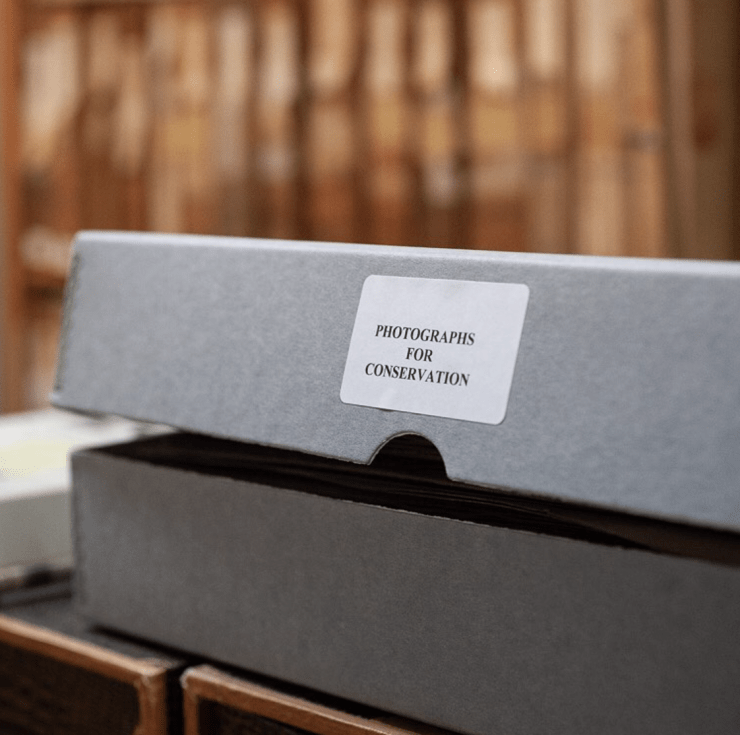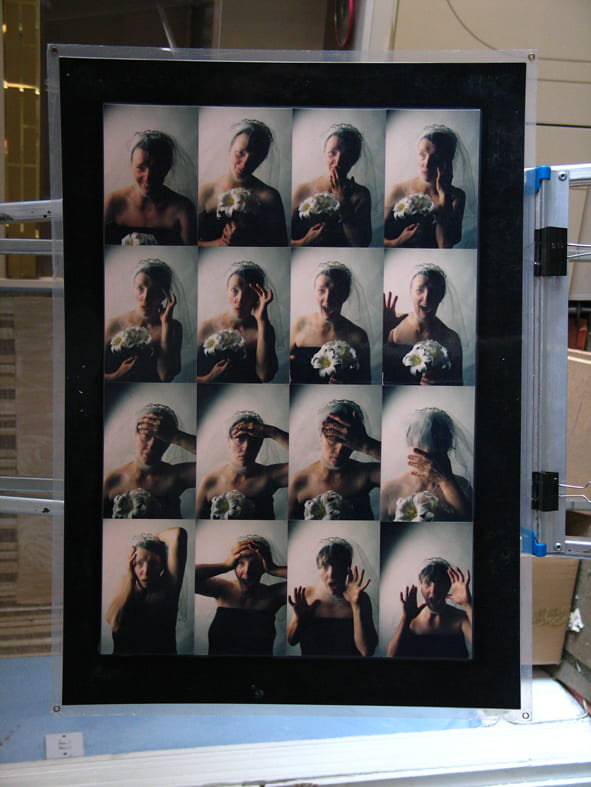In our final guest submission, Jude Browning and Alexandra Symons Sutcliffe have a conversation via Whattsapp voice notes about At Practise, Jude’s forthcoming programme of live events and publication series. Jude and Alexandra also discuss commissioning performance art during a pandemic, liveness, speech, archives, and a mutual affliction with hayfever.
At Practise is a performance programme and publishing project at David Dale Gallery organised by Jude Browning featuring contributions by: Jessa Mockridge, Nat Raha, Rebecca Lennon, Nisha Ramayya, Naomi Pearce, Hannah Regel, Gabriella Beckhurst, Cinzia Mutigli and Tako Taal.
Click here for the event page on David Dale Gallery, for more info on the first event in the At Practise series, this Saturday 19th of June 7-9pm in the courtyard at David Dale, Glasgow plus a live stream. Featured artists: Jessa Mockridge, Nat Raha and Rebecca Lennon.
On Friday 13th of August 7-9pm, the second At Practise event will take place in the courtyard at David Dale. Featured artists: Nisha Ramayya, Naomi Pearce and Hannah Regel.
Listen to Jude and Alexandra’s conversation below:
At Practise is a three-part performance and publication project conceived and led by Associate Programmer and artist Jude Browning. Developed from Pre-ramble (2019-2020), the series continues to explore rehearsal as a creative method and form. In June, August and October nine UK based artists, working across visual art, writing, and performance, will be invited to use the gallery as a rehearsal space and to share new work in development in front of a live audience. The artists’ work engages with writing and live modes of delivery, with a generative use of queer and feminist tactics to challenge how power and notions of embodiment can be understood and enacted.
Alongside the live event programme a three-part publication series will be produced with the support of David Dale Gallery and in dialogue with Yellow Back Books, a project platforming artist books in Cardiff. In addition, Yellow Back Books will co-host a publication launch event in Cardiff, and have commissioned Jessa Mockridge to lead an online artist workshop on the 29 May & 2 June 2021. A link to the workshop resources are available here.
Jude Browning is a Glasgow based artist and event programmer, interested in historical modes of public speaking and theatrical performance. Her artworks often take the form of monologues, which are self-authored, appropriated and misremembered. She has two main projects currently in development: a collaborative project with Corin Sworn which considers the ruining of garments of clothing as a tender form of empiricism, and a digital publication with Catalina Barroso Luque exploring the rant and modes of excessive speech.

